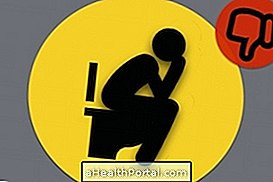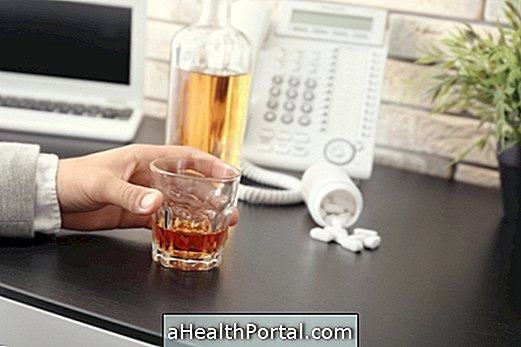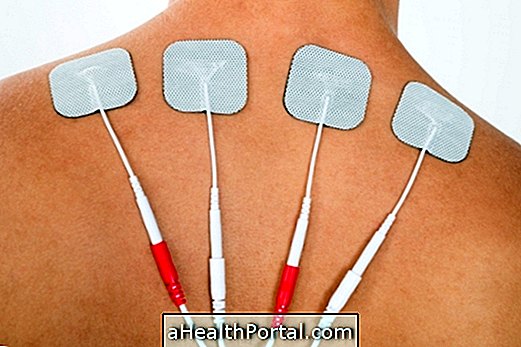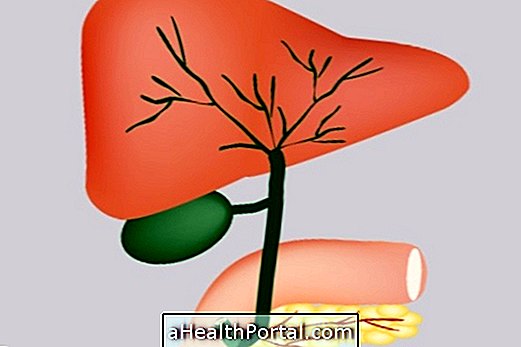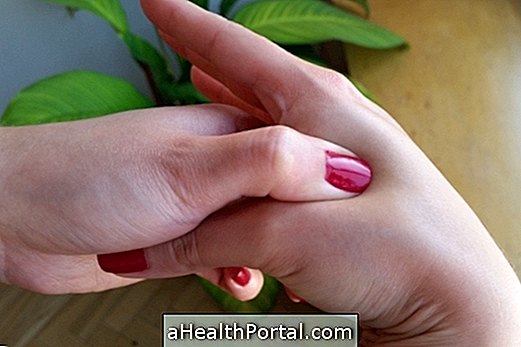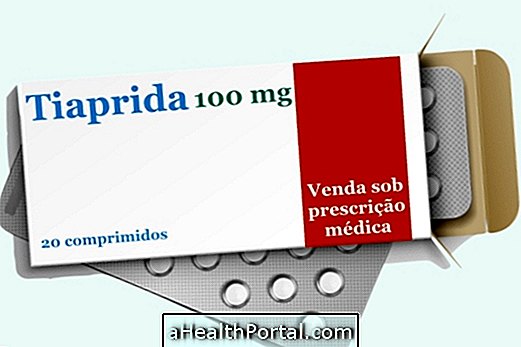The bladder, or overactive bladder, is a type of urinary incontinence, in which the person has a sudden and urgent urge to urinate, which is often difficult to control.
To treat this change, there are techniques of physical therapy and electrostimulation, in addition to medications such as oxybutynin, tolterodine and darifenacin, for example, to help recover contraction of the bladder muscle, which are prescribed by the general practitioner or urologist.
However, there are also home-made alternatives that help relieve symptoms, such as special exercises for the pelvic muscles and herbal teas, such as rosemary.

What are the causes
The overactive bladder is caused by changes in bladder innervation, which may occur due to neurological diseases, such as paraplegia, Parkinson's, Alzheimer's, stroke or multiple sclerosis, for example, or due to urinary tract irritation, urinary tract infections, menopause, cancer, urinary calculus or cysts.
These changes make it difficult to control the muscles of the bladder, which contracts at undue hours, often causing loss of urine in the clothing. This disease affects more women than men, manifesting itself, most often, from the 60 years, which impairs the quality of life and causes emotional and social disorders.
In addition, during pregnancy, it is common to have symptoms of incontinence incontinence due to the increased production of urine in this period and the increased pressure that the uterus makes on the bladder, causing difficulty to control. Learn how pregnancy causes urinary incontinence and what to do.
Symptoms of overactive bladder
The main symptoms of the nervous bladder are:
- 1. Sudden urge to urinate without urinary tract infection Yes No
- 2. Frequent urge to urinate and in small quantity Yes No
- 3. Difficulty in holding urine Yes No
- 4. Lift more than 1 time at night to urinate Yes No
- 5. Loss of drops of urine after sudden will Yes No
- 6. Discomfort or pain in the region of the bladder while urinating, without urinary tract infection Yes No

Often, symptoms may be associated with symptoms of stress incontinence, which can cause loss of urine also when exerting efforts in the abdomen, such as coughing or laughing. In addition, in men over the age of 60, these symptoms may also indicate enlargement of the prostate gland. Know the causes and how to treat the enlarged prostate.
The diagnosis of overactive bladder is made by the general practitioner or urologist, by observing the symptoms and performing the physical examination. Some tests may be needed to confirm the type of urinary incontinence, such as ultrasound of the urinary tract and urodynamic study, which measures the pressure, flow, and action of muscles during urination.
How is the treatment done?
Medications that decrease hyperactivity of the bladder muscles, such as oxybutynin, tolterodine, darifenacin and fesoterodine, prescribed by doctors, may be used for the treatment of overactive bladder, which may also recommend the use of antispasmodics, such as buscopan.
Physiotherapy and electrical stimulation are important allies in treatment, since these techniques provide muscle strengthening and recovery of brain control over the organ. The botulinum toxin can also be used and its application is made at specific points of the bladder that help decrease involuntary contractions.
These techniques and medications help heal and control the bladder, but depending on the severity of incontinence or if there is an association with other types of incontinence, the results may be more difficult to achieve. Learn more about the different types of urinary incontinence.
Home Treatment Options
The nervous bladder can be avoided and diminished with some simple and natural measures, among them are:
- Avoid alcohol, caffeine and cigarettes;
- Losing weight, which helps decrease the pressure of the abdomen on the bladder;
- Whenever urinating, empty the bladder completely;
- Do special gymnastics for the bladder, such as Kegel exercises, which helps strengthen the muscles of the abdomen and prevent the loss of urine. Learn how to do Kegel exercises;
- Taking herbal teas such as fennel, rosemary, peppermint and artemisia can relieve symptoms because they have anti-spasmodic properties.
In addition, making the habit of using the toilet before you feel it at regular intervals can help in controlling the symptoms, starting every hour and increasing the time as you feel safe, trying to reach a range between 3 a 6 hours.
Controlling anxiety is also important to avoid crises of urinary incontinence because it worsens and makes it difficult to control the bladder, giving the feeling of being full.
